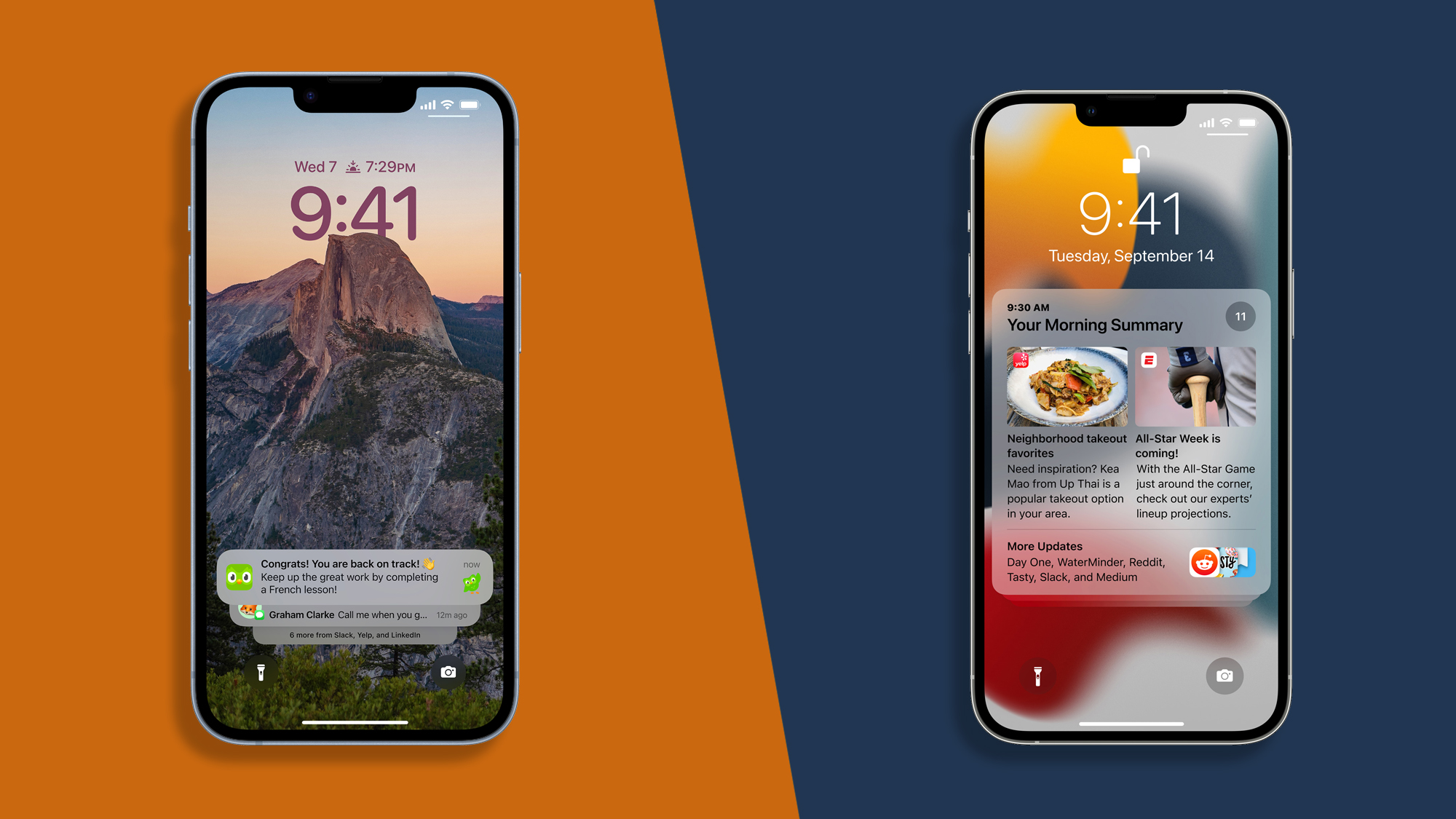
Apple has announced its latest smartphone line, led by the iPhone 14. With the inevitable improvements that have been made, it would be instructive to see how the phone matches up to last year’s flagship, the iPhone 13 Pro.
There are some surprising similarities between these two phones, separated by a year and a hefty chunk of change. But has Apple managed to make any progress with its mainstream iPhone 14, or would you be better off simply tracking down a cut-price iPhone 13 Pro?
We’re not yet ready to offer a definitive verdict on the iPhone 14, but here’s how it stacks up against last year’s Pro model in terms of specs.
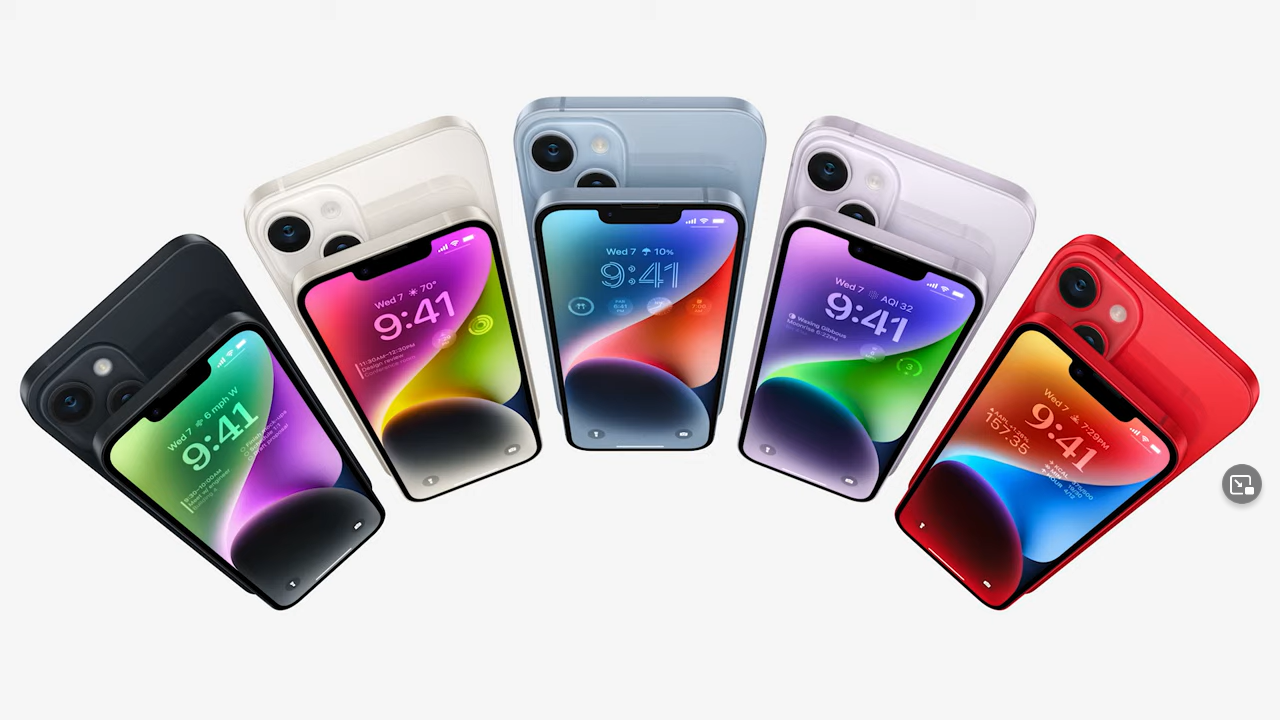
iPhone 14 vs iPhone 13 Pro: price and availability
The iPhone 14 was announced on September 7, and will hit shops on September 16.
Apple has maintained the price of the iPhone 14 from last year’s iPhone 13 in the US, but has cranked it up in the UK and Australia. This works out to a starting price of $799 / £849 / AU$1,399 for 128GB of storage, while 256GB will set you back $899 / £959 / AU$1,579. The top 512GB model will cost $1,099 / £1,179 / AU$1,899.
The iPhone 13 Pro hit shops on September 24, 2021. At launch, the 128GB model went for $999 / £949 / AU$1,699, while the 256GB model was $1,099 / £1,049 / AU$1,869, and the 512GB model set you back $1,299 / £1,249 / AU$2,219. Apple also added a 1TB model, with an initial RRP of $1,499 / £1,449 / AU$2,569.
There’s quite a price gap between the two models considering just the launch price. However, with the fresh launch of the iPhone 14 Pro, the price of the iPhone 13 Pro will inevitably drop with third-party retailers.
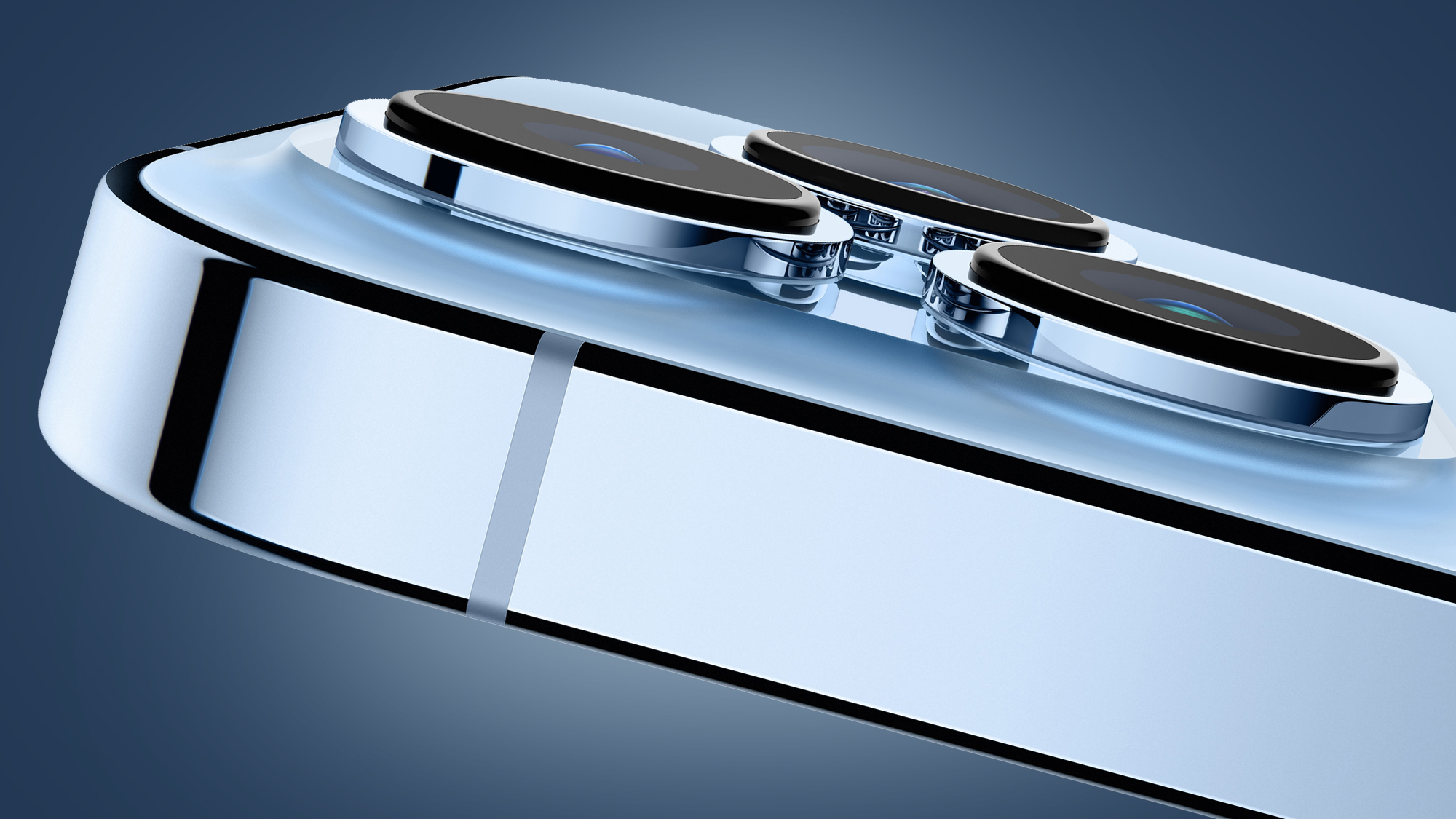
iPhone 14 vs iPhone 13 Pro: design
The base iPhone 14 very much resembles last year’s iPhone 13. Apple clearly isn’t attempting to reinvent the wheel here.
It has the same flat aluminum rim and the same flat glass front and back as the iPhone 13 and iPhone 12 families. Unlike the iPhone 14 Pro, it even features the same chunky display notch.
More specifically, this design is quite similar to that of the iPhone 13 Pro. The two phones have comparable dimensions and shapes, with the iPhone 13 Pro measuring 146.7 x 71.5 x 7.7mm and the iPhone 14 merely adding 0.1mm to the thickness.
The primary difference here is the choice of more premium and resilient stainless steel for the iPhone 13 Pro’s rim. This also makes the iPhone 13 Pro heavier at 204g, next to the iPhone 14’s 172g.
The iPhone 13 Pro also features a more prominent camera module, with three lenses rather than the iPhone 14’s two.
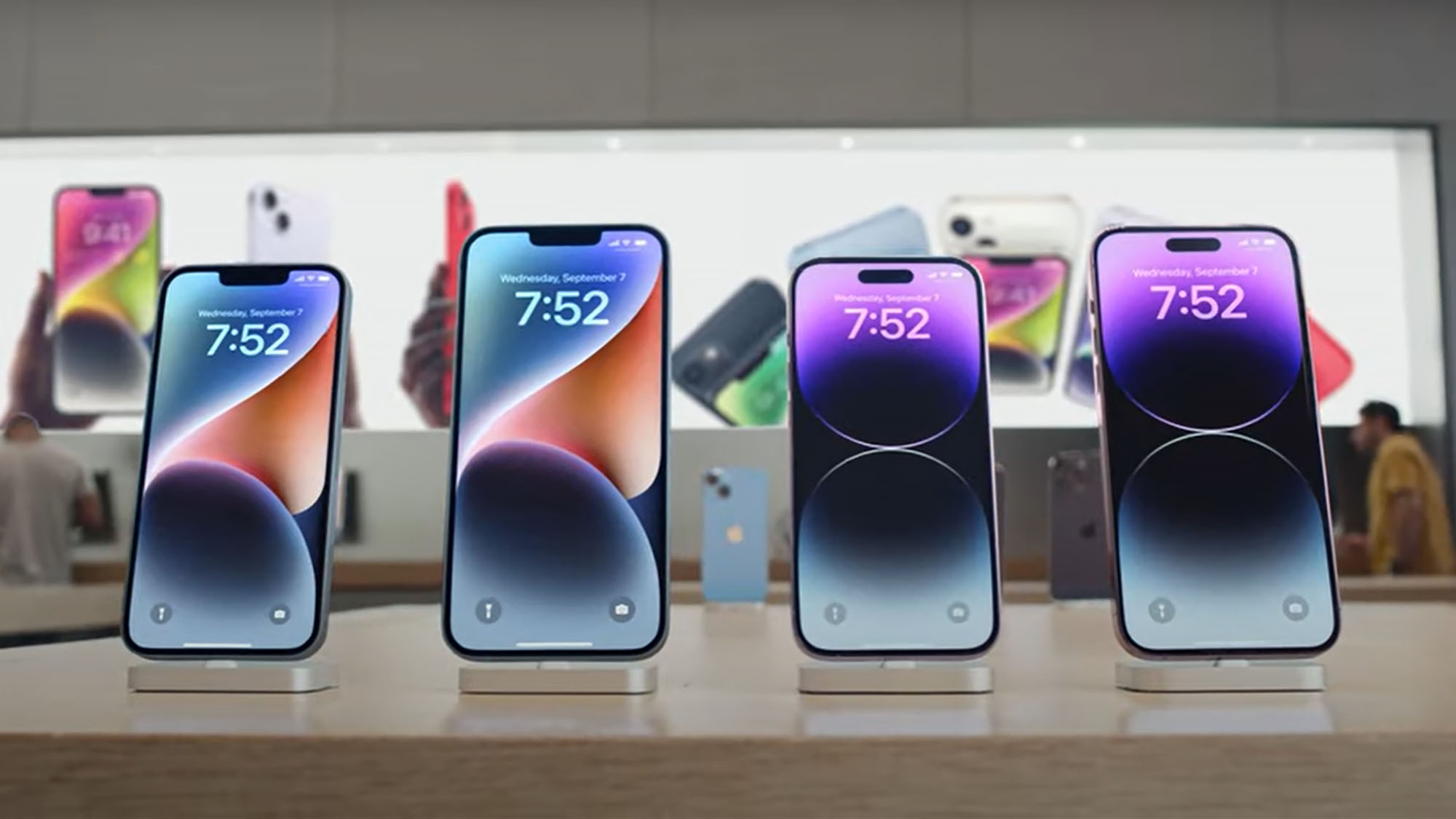
The iPhone 14 does add a new purple color option this time round, which looks more pink – or, at best, lavender – to our eyes. The equivalent on the iPhone 13 Pro is a rather more subdued Sierra Blue.
iPhone 14 vs iPhone 13 Pro: display
Both of these phones pack 6.1-inch OLED displays with 1170 x 2532 resolutions. They’re very similar indeed, but not identical.
The main difference here relates to the refresh rate, with the iPhone 14 sticking to 60Hz and the iPhone 13 Pro going all in with Apple’s 120Hz “Pro Motion” standard. It’s literally twice as smooth, which will be particularly noticeable when scrolling through web content and photos.
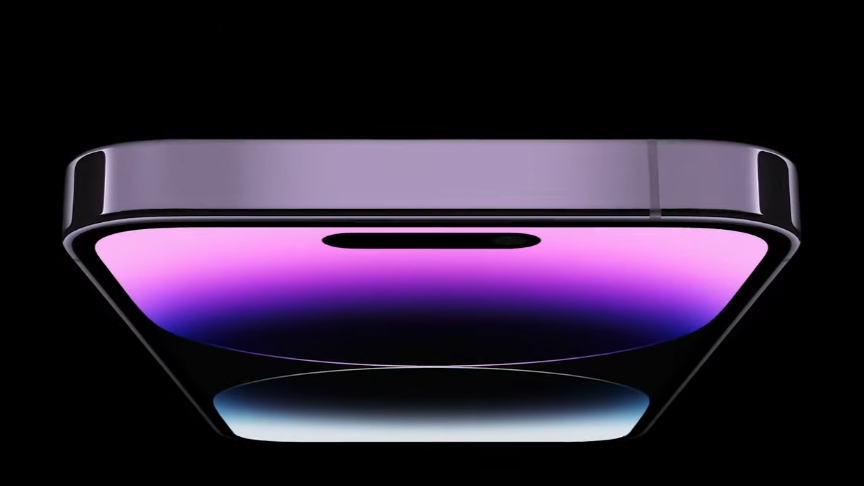
The iPhone 13 Pro gets brighter, too, to the tune of 1000 nits in high brightness mode (HBM). By contrast, the iPhone 14 can hit only 800 nits. Both are capable of a 1200 nits peak brightness in limited situations.
iPhone 14 vs iPhone 13 Pro: camera
We have a pretty good idea how these two camera systems will compare, because the iPhone 14 unit seems to borrow a little from the iPhone 13 and quite a lot from the iPhone 13 Pro.
Apple gives the iPhone 14 a dual-camera system to the iPhone 13 Pro’s triple 12-megapixel equivalent. However, the main sensor appears to be much the same.
They share a pixel count, but are also the same size, as evidenced by both’s pixel size of 1.9µm. Both benefit from the sensor shift stabilization system taken from the iPhone 12 Pro Max as well, so we’re expecting similarly great low-light shots.
The other common factor here is that the two phones run on exactly the same A15 Bionic chip, with exactly the same image processing potential. Much of Apple’s camera mastery lies in image processing, so this is key.
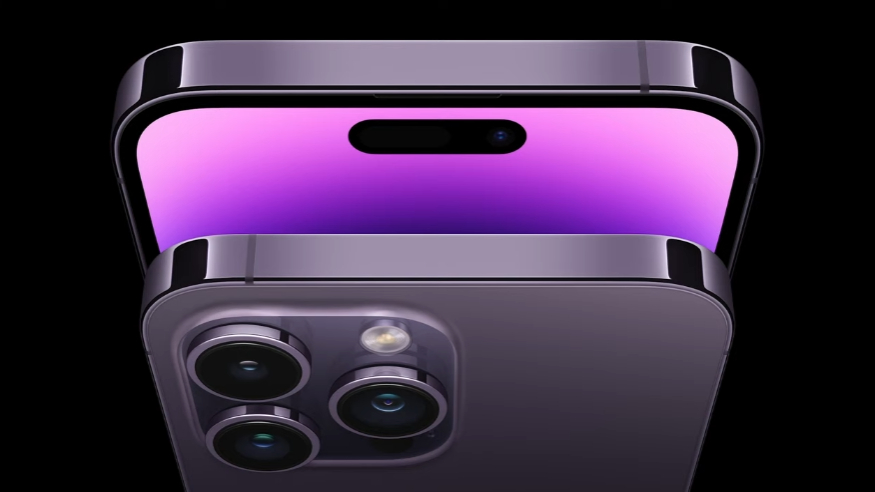
However, Apple being Apple, it has reserved its new Photonic Engine for the iPhone 14. This hardware-software hybrid system, which applies Deep Fusion earlier in the photographic process, boosts low-light performance by at least 2x across both iPhone 14 cameras, leading to the possibility that it could actually outperform the iPhone 13 Pro in lesser lighting.
One important advantage for the older but more premium iPhone 13 Pro is that it packs a dedicated 3x telephoto camera, so it can capture far more detailed zoomed shots than the iPhone 14, which relies on cropping in.
There is one area in which the iPhone 14 looks to be better than its older Pro brother, however – the front camera. While both are 12-megapixel examples, the iPhone 14 packs a wider f/1.9 aperture (vs f/2.2 in the iPhone 13 Pro), and with a proper autofocus system in place of the Pro’s fixed focus. Expect better low-light focusing and performance and better group shots from a distance.
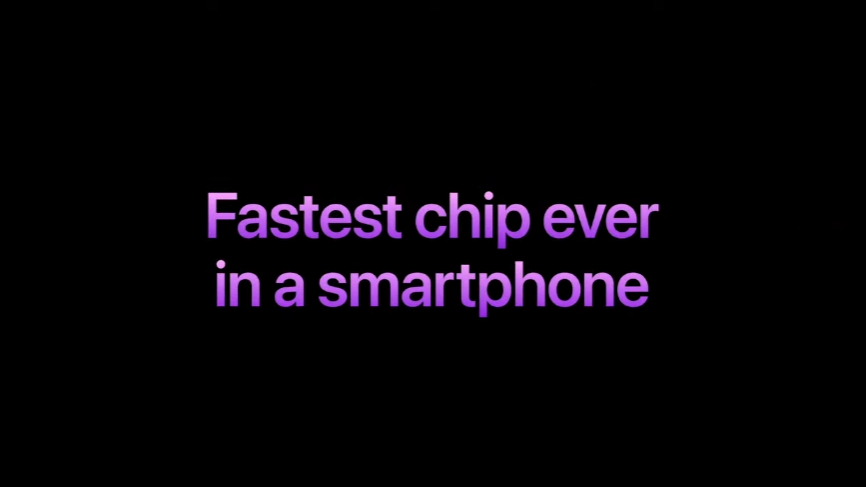
iPhone 14 vs iPhone 13 Pro: specs and performance
As we’ve just mentioned in the camera section, both handsets run on the exact same A15 Bionic chip. This actually represents a small upgrade with the iPhone 14, by way of the iPhone 13’s A15 with a 4-core GPU to the iPhone 13 Pro’s A15 with a 5-core GPU.
That’s not to say that these two phones will perform identically, however. While both handsets may reportedly come with 6GB of RAM (we’ll need to confirm that closer to launch), it’s claimed that the iPhone 14 uses slower LPDDR4X memory compared to the iPhone 13 Pro’s LPDDR5 memory.
Another lingering spec advantage for the iPhone 13 Pro is the option of 1TB of internal storage, while the iPhone 14 stretches to only 512GB.
All in all, in terms of performance, the two devices are likely to sit pretty close. If anything, we suspect that the old Pro will maintain the slightest of edges.
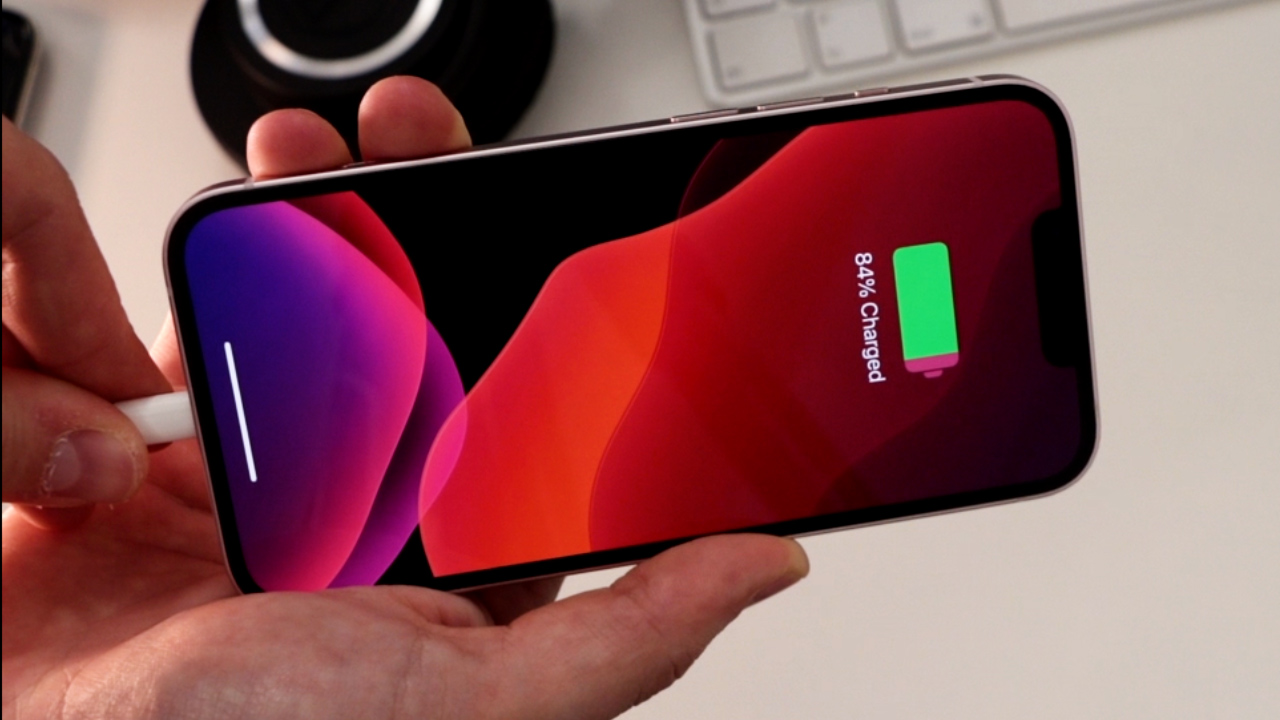
iPhone 14 vs iPhone 13 Pro: battery
Apple never confirms precise battery capacities, so we’ll have to wait a little longer to confirm how capacious the iPhone 14’s cell is. We’ve heard rumors that it’s a 3279mAh unit, which would make it only a tad larger than the iPhone 13 before it.
More pertinently to this comparison piece, this makes the iPhone 14 battery even larger than the 3095mAh iPhone 13 Pro.
This isn’t to say that the iPhone 14 will sport better battery life than the iPhone 13 Pro. The latter might have a display that refreshes twice as fast; but it can also scale right down to 10Hz where necessary, thus actually saving power.
The iPhone 14’s larger battery seems to be confirmed by the simple fact that it’s a tad thicker than the iPhone 13 Pro, as outlined above.
iPhone 14 vs iPhone 13 Pro: which should you buy?
The iPhone 14 is shaping up to be the biggest disappointment of this year’s range. It’s very similar to the iPhone 13 before it, and it hasn’t even received the meaty performance boost that we’re accustomed to.
To that end, the iPhone 13 Pro remains the superior device overall, delivering very similar performance, along with a superior display and a more versatile camera.
The iPhone 14, for its part, has a couple of new camera tricks that have been arbitrarily kept away from the iPhone 13 Pro, despite its similar or even superior hardware.
Of course, Apple hardware famously retains its price, which means you won’t be finding any brand-new iPhone 13 Pro handsets on the cheap in the wake of the iPhone 14 Pro launch. But there’s a fair chance you’ll be able to secure a decent discount, potentially reducing the advantage of the iPhone 14’s lower price.
If you can find such a deal, the iPhone 13 Pro would appear to be the better buy. We’ll know for sure once we’ve had the opportunity to put the iPhone 14 through its paces.
Make sure you check out our iPhone 14 deals page for the best offers for the new handset.
Get daily insight, inspiration and deals in your inbox
Sign up for breaking news, reviews, opinion, top tech deals, and more.